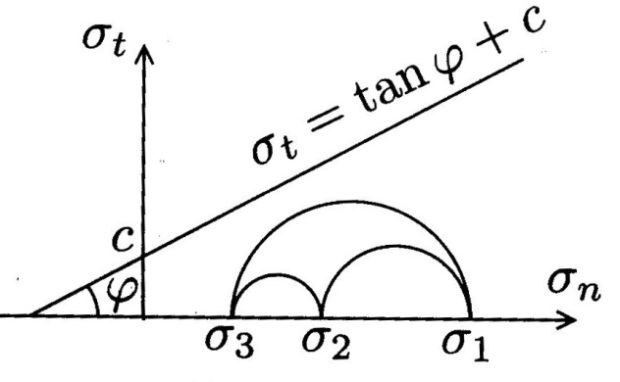One of the initial cohesive models was proposed by Bradley. This model neglects the deformation of contact and considers the van der Waals forces. Bradley showed that the adhesive force for rigid spheres follows a force derived from the Lennard-Jones potential—a mathematical model that approximates the interactions between a pair of neutral atoms or molecules. The force of adhesion between two rigid spheres is described by:
where is the equilibrium separation distance between the particles [1]. Two particles separate when the forces pulling the particles is reached at
. This model uses the van der Waals forces as the interaction creating the cohesive force. At the macroscopic scale, these forces are negligible when compared to the gravitational force experience by the particles. The figure below provides an example of the Bradley cohesion model and illustrates the attraction force between particles at a distance.

The Bradley Model [2]
[1] Bradley R. S. “The cohesive force between solid surfaces and the surface energy of solids”, Philosophical Magazine, vol. 13, no. 86, pp. 853-862, 1932.
[2] Farhang R., Dubois R., Discrete-Element Modeling of Granular Materials, John Wiley & Sons Inc. 2011

